The act of recounting a dream involves narrativizing that which is often disjointed, fragmented or illogical. Both remembering and recounting a dream means putting language to an ineffable, indescribable thing. The descriptions collected from dreamers are unreliable; a great deal of subtlety and detail of the experienced events cannot be translated into words. Turner Prize*s reenactments are subsequently unfaithful; they dilute dreams from extra-temporal forms into performative acts, and then down into single images. This reduction inherent in photographic documentation problematizes the notion of performance by concealing its temporality. The viewers’ interpretations of the dreams must be made from ambiguous information, and this ambiguity suggests that documented performative acts could be read much like the retelling of a dream, empowering the subjectivity of the viewers in their interpretation of signs from the real and everyday. Despite the attempt to adhere to a scientific methodology, their process is incapable of producing objective results. Unlike psychoanalytic methods, Turner Prize* does not aim to decode dream imagery or ascribe it any real world referent. Rather, they recognize the impossibility of representing objectively what is wholly subjective. It is the disjuncture between the dream and its representation–or more generally, the disjuncture between experience and representation–that motivated this project. When the dream images are presented, they allude to a multitude of possible narratives, but never coalesce into a coherent whole. While together, the work alludes to the possibility that each dream is the product of a collective unconscious, the esoteric complexities of the individual images corrupt the notion that this is a coherent or descriptive sample. Like stills from a film that cannot be seen, or a text that cannot be adequately read, each dream image is a translation of a translation of a translation.
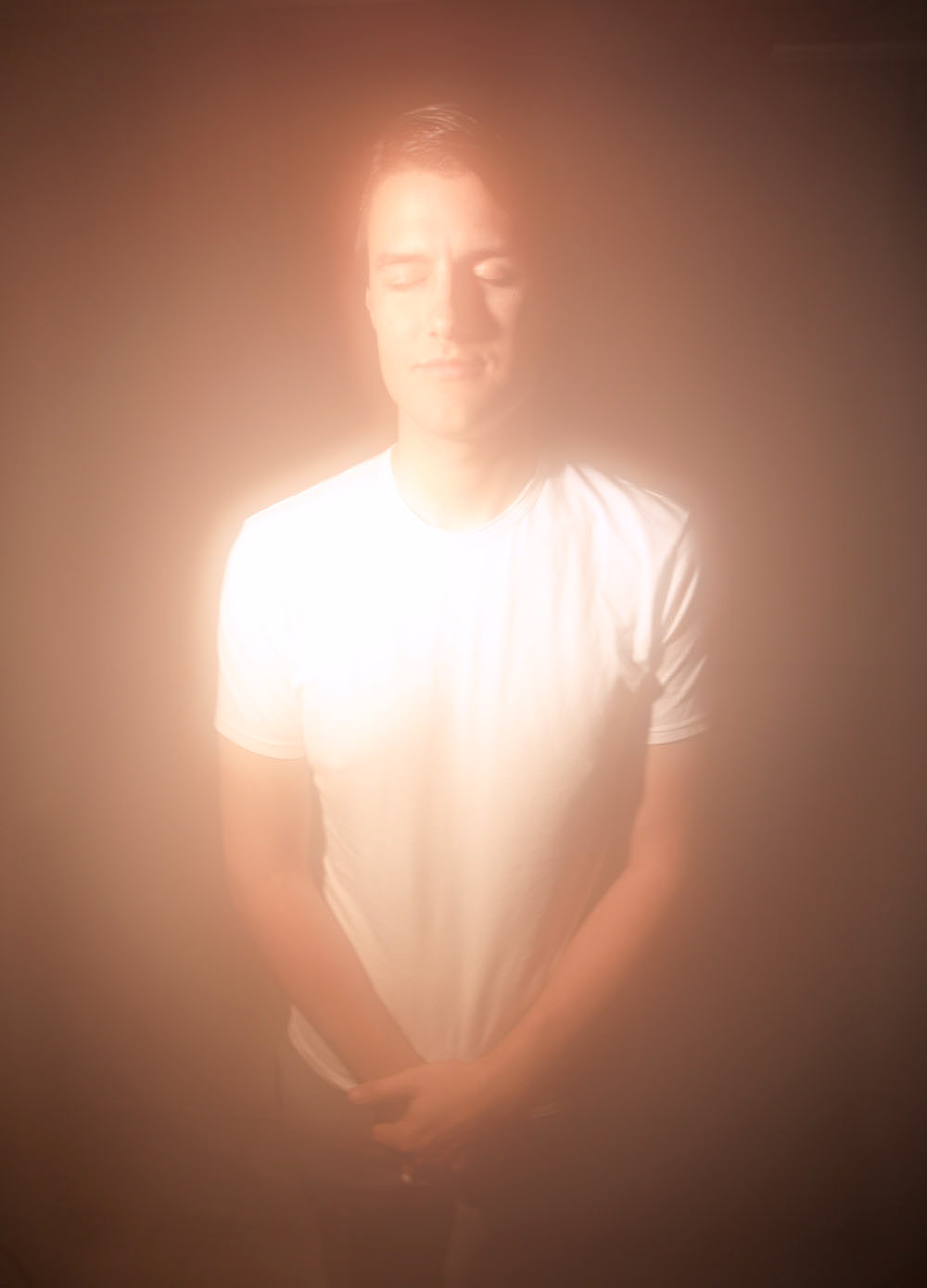



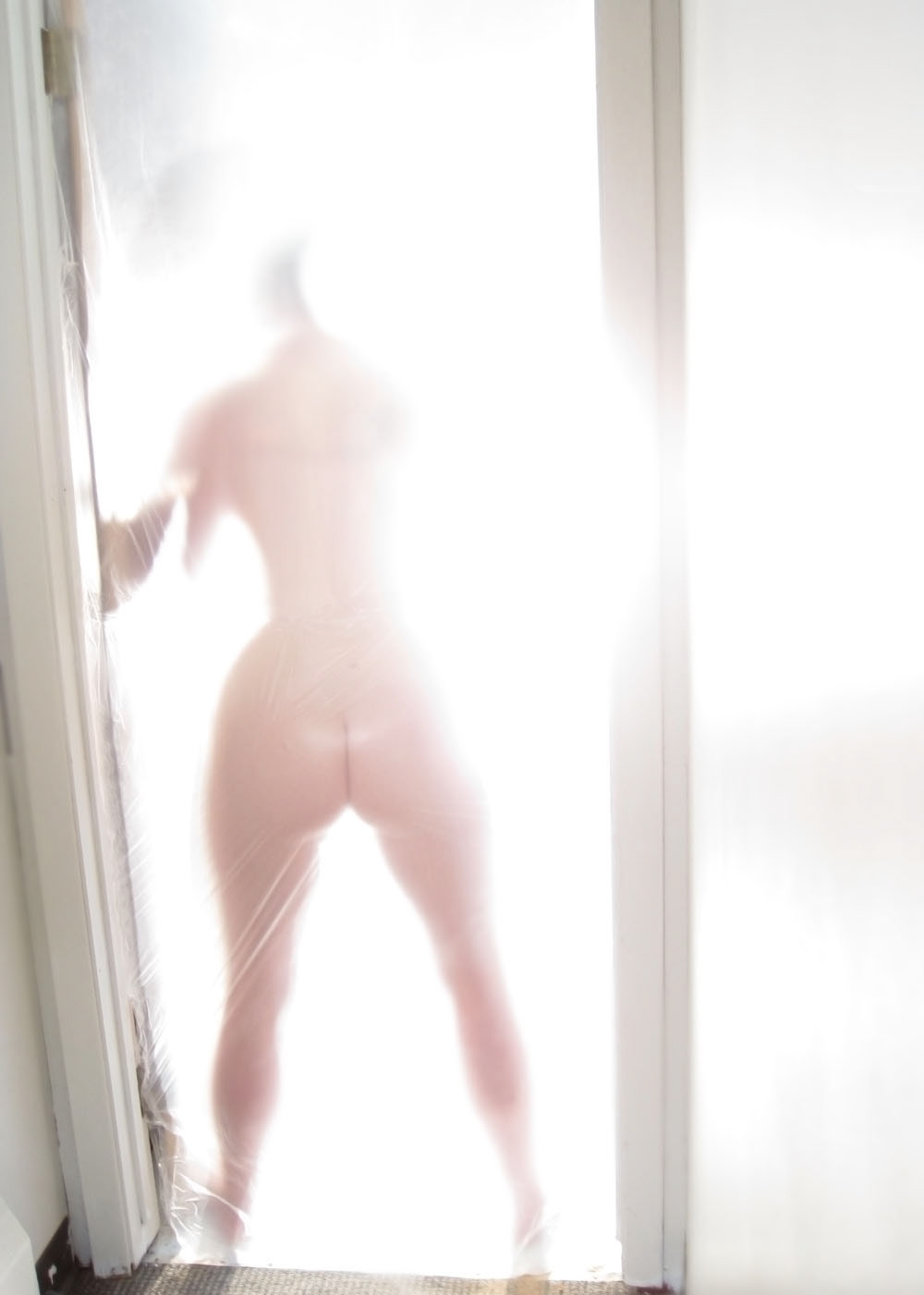
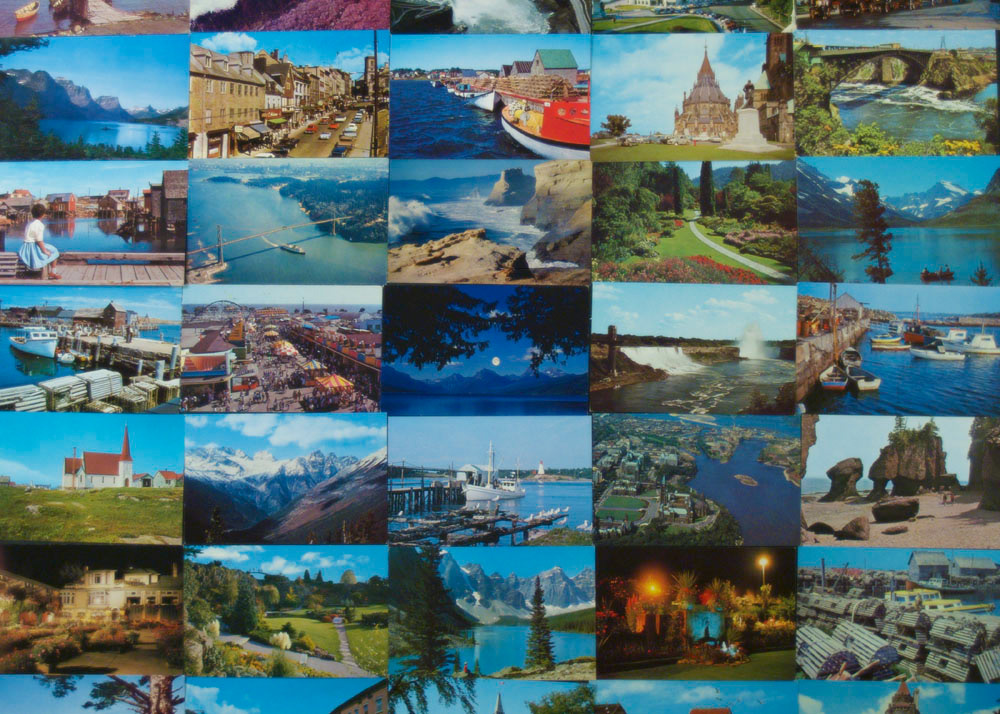
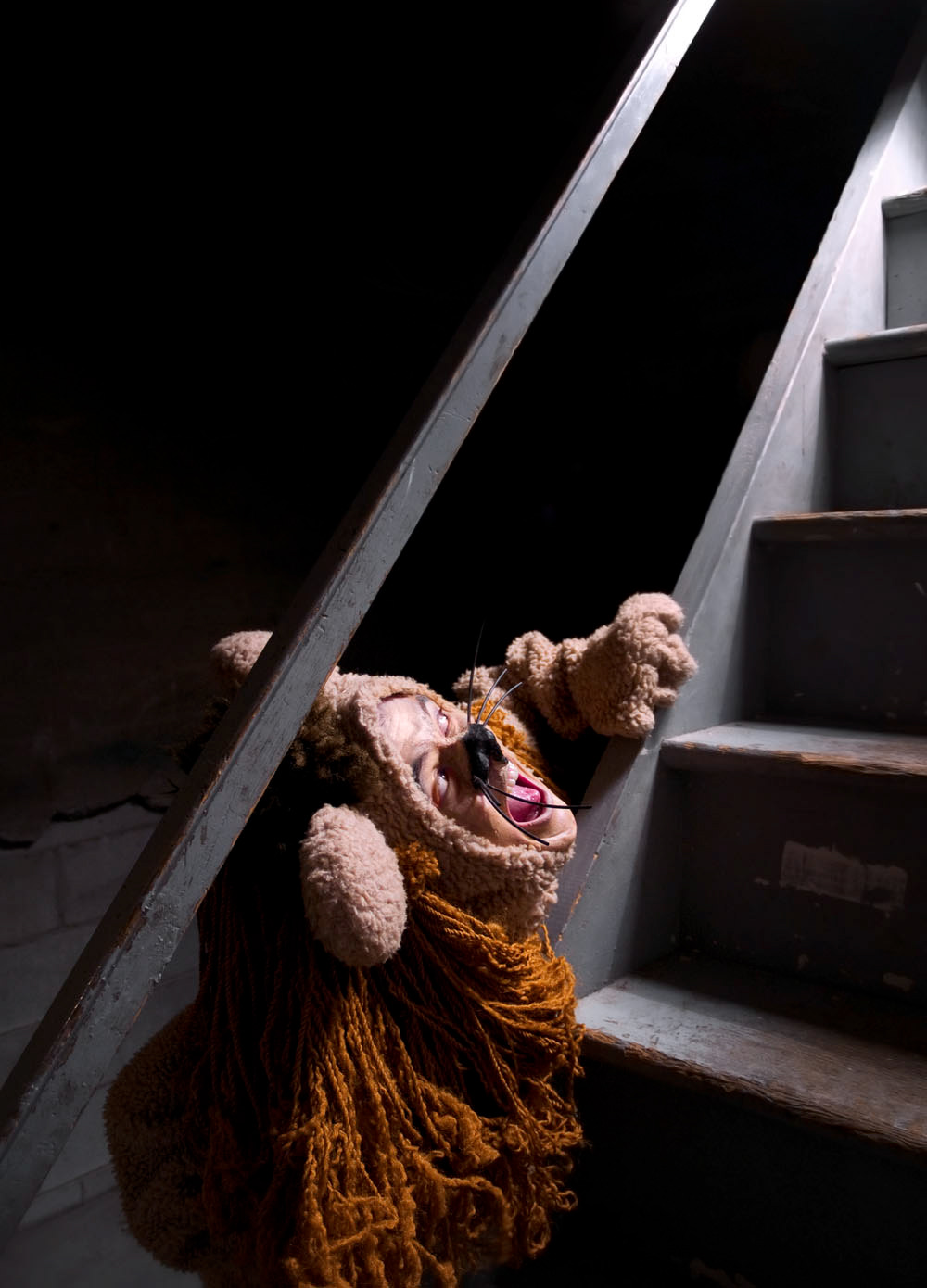
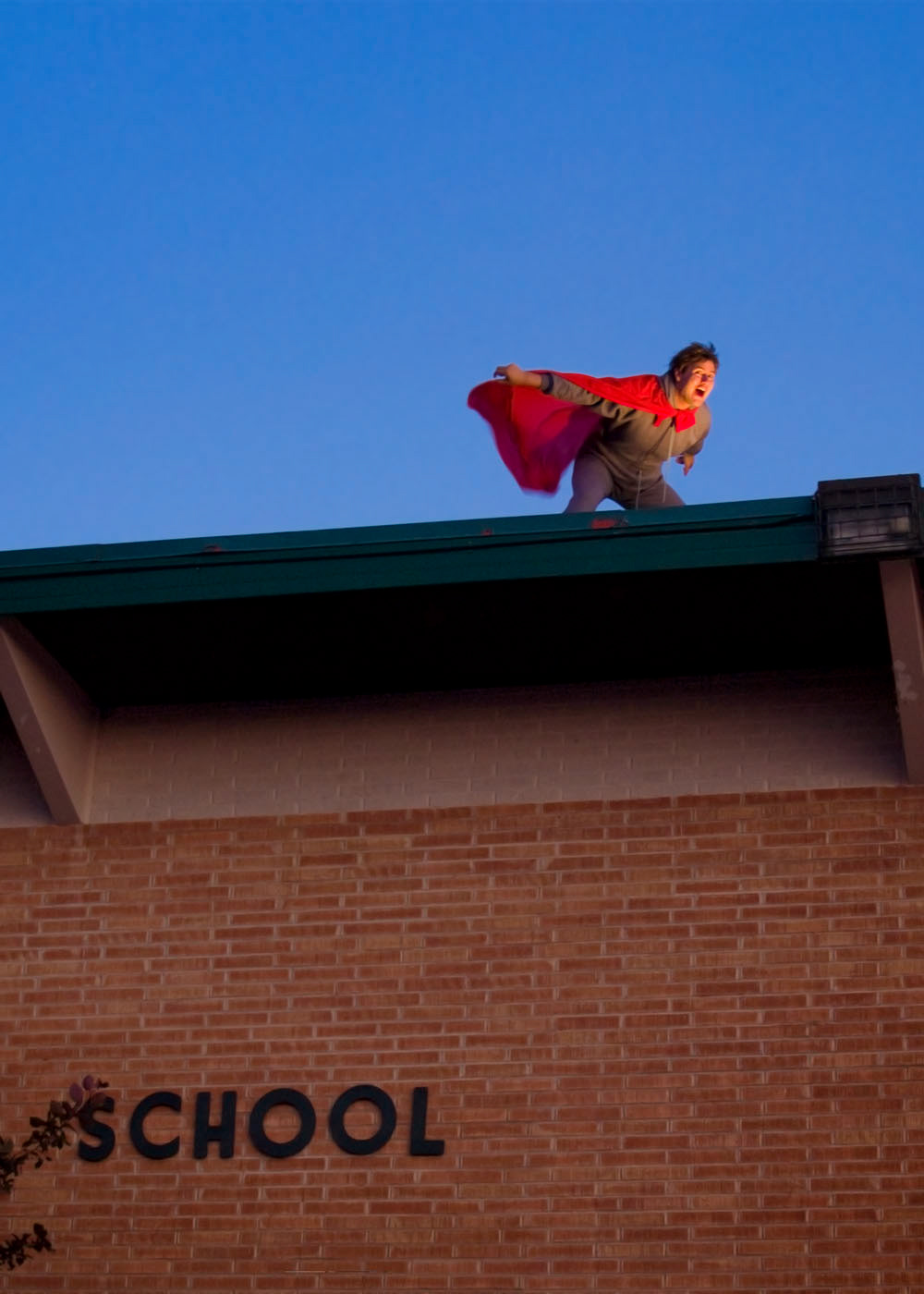
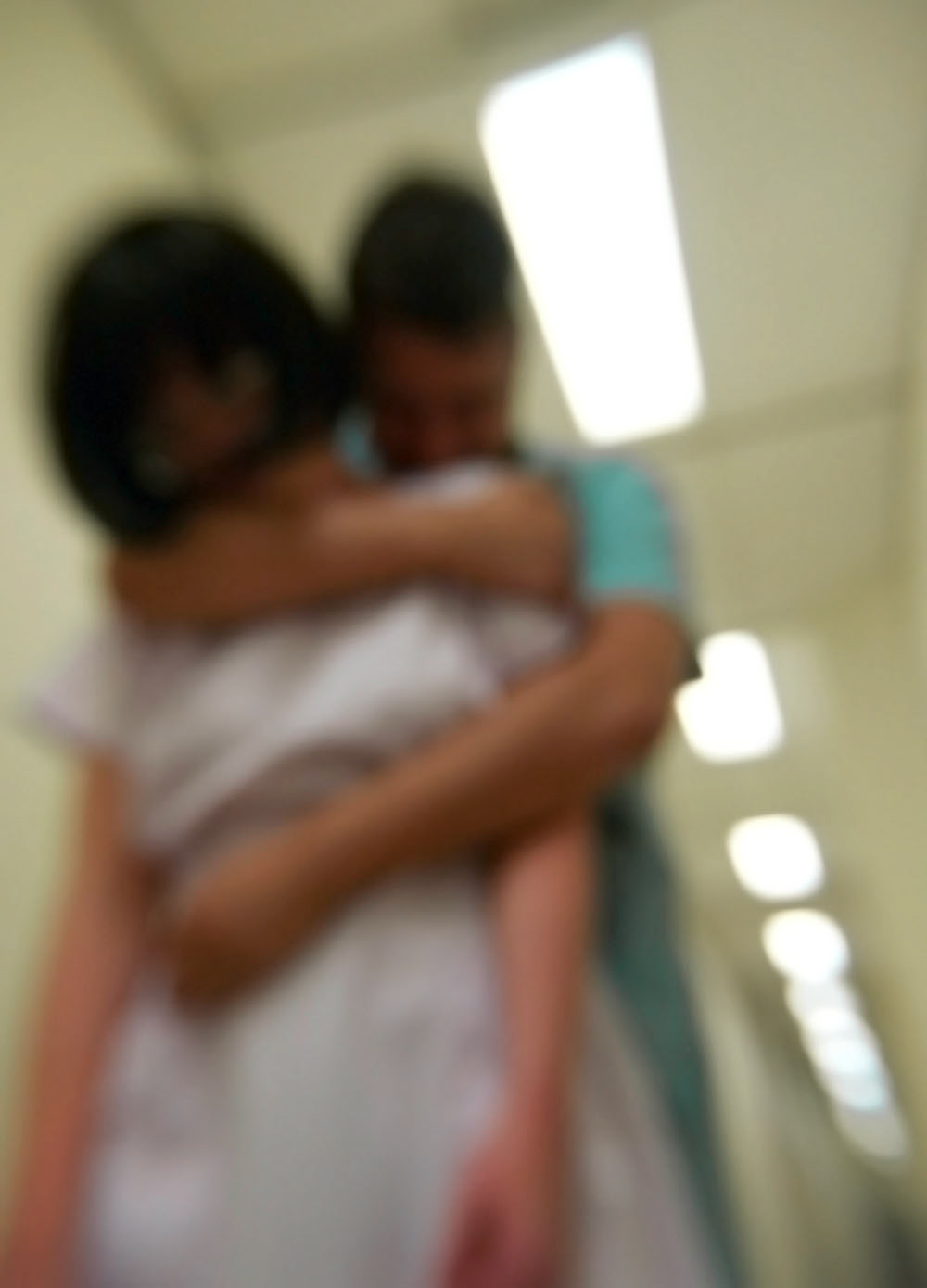
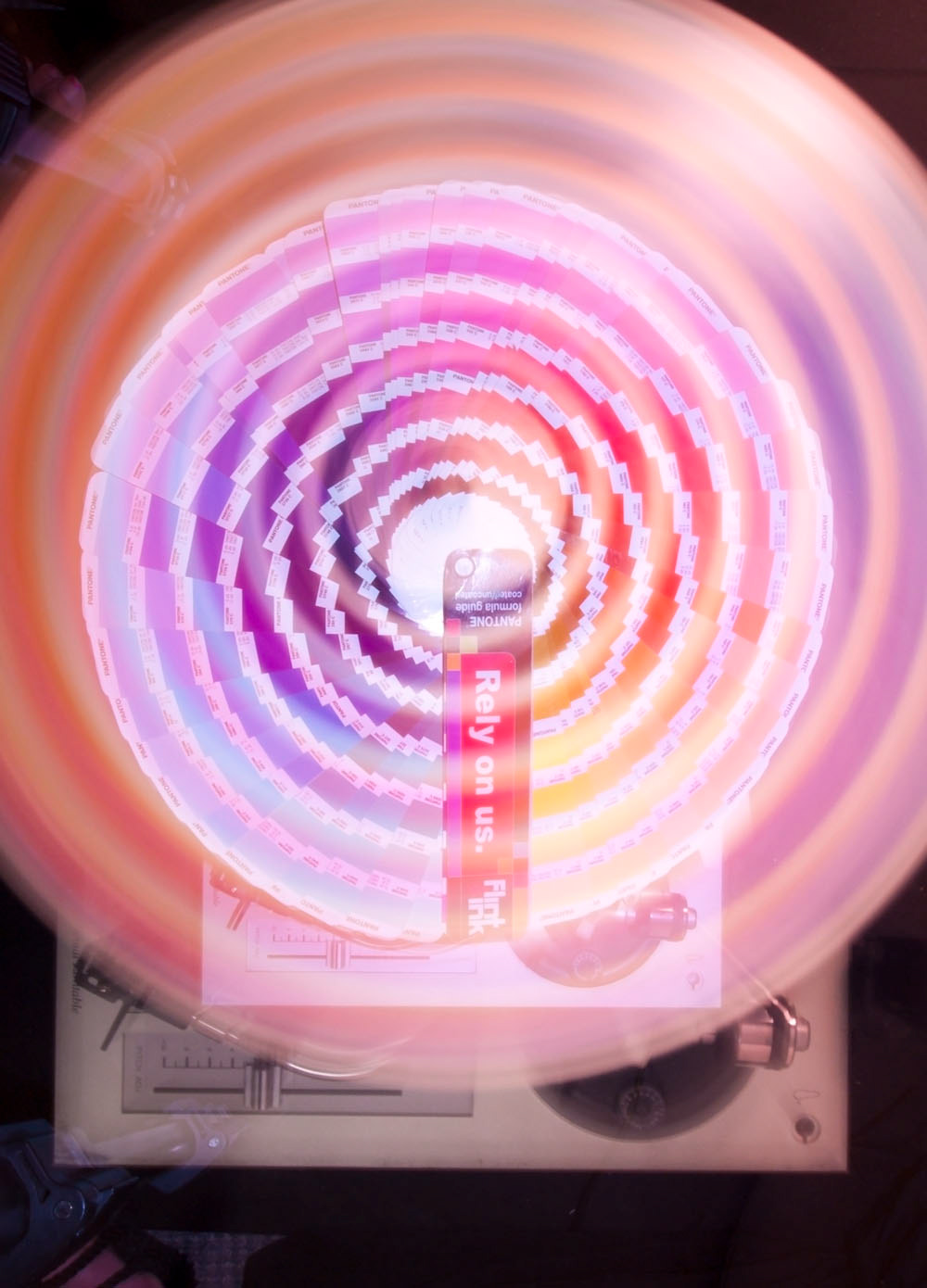
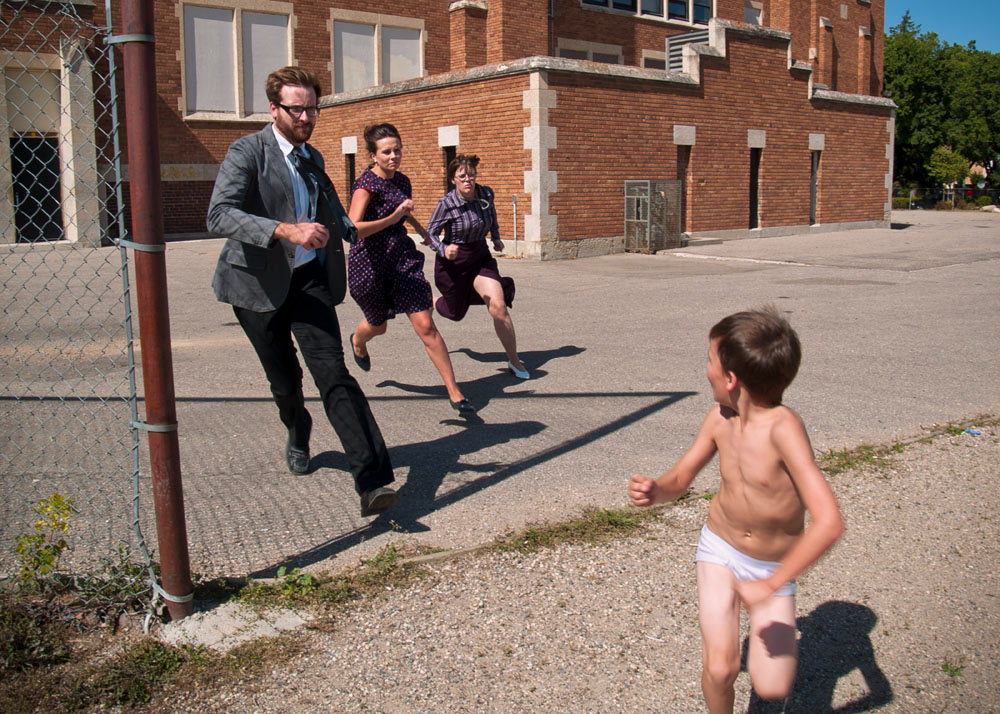
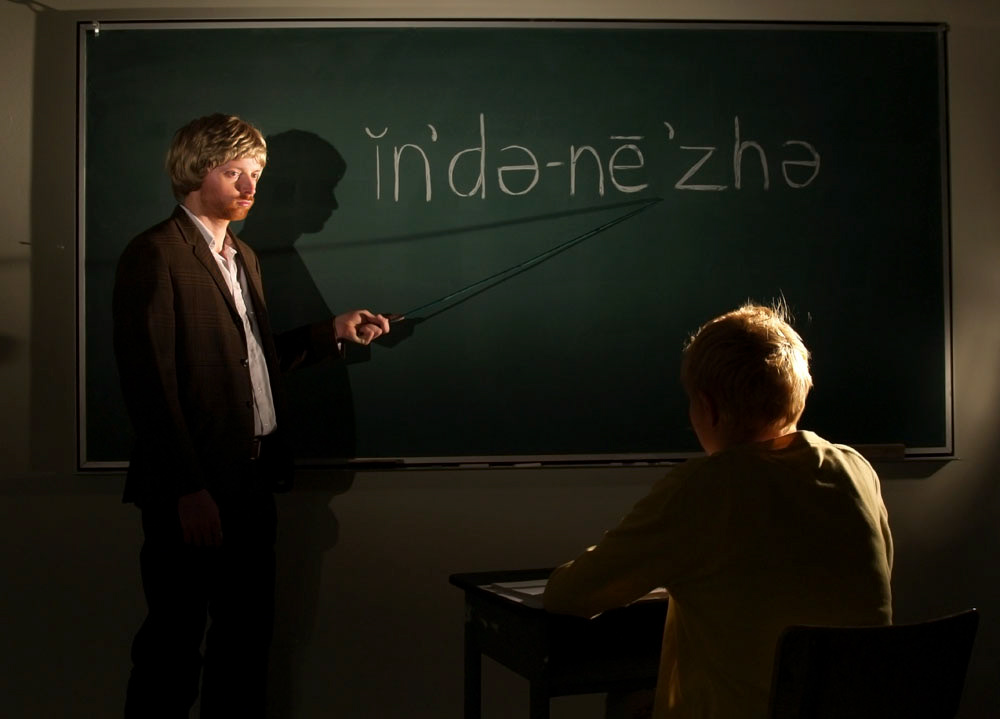

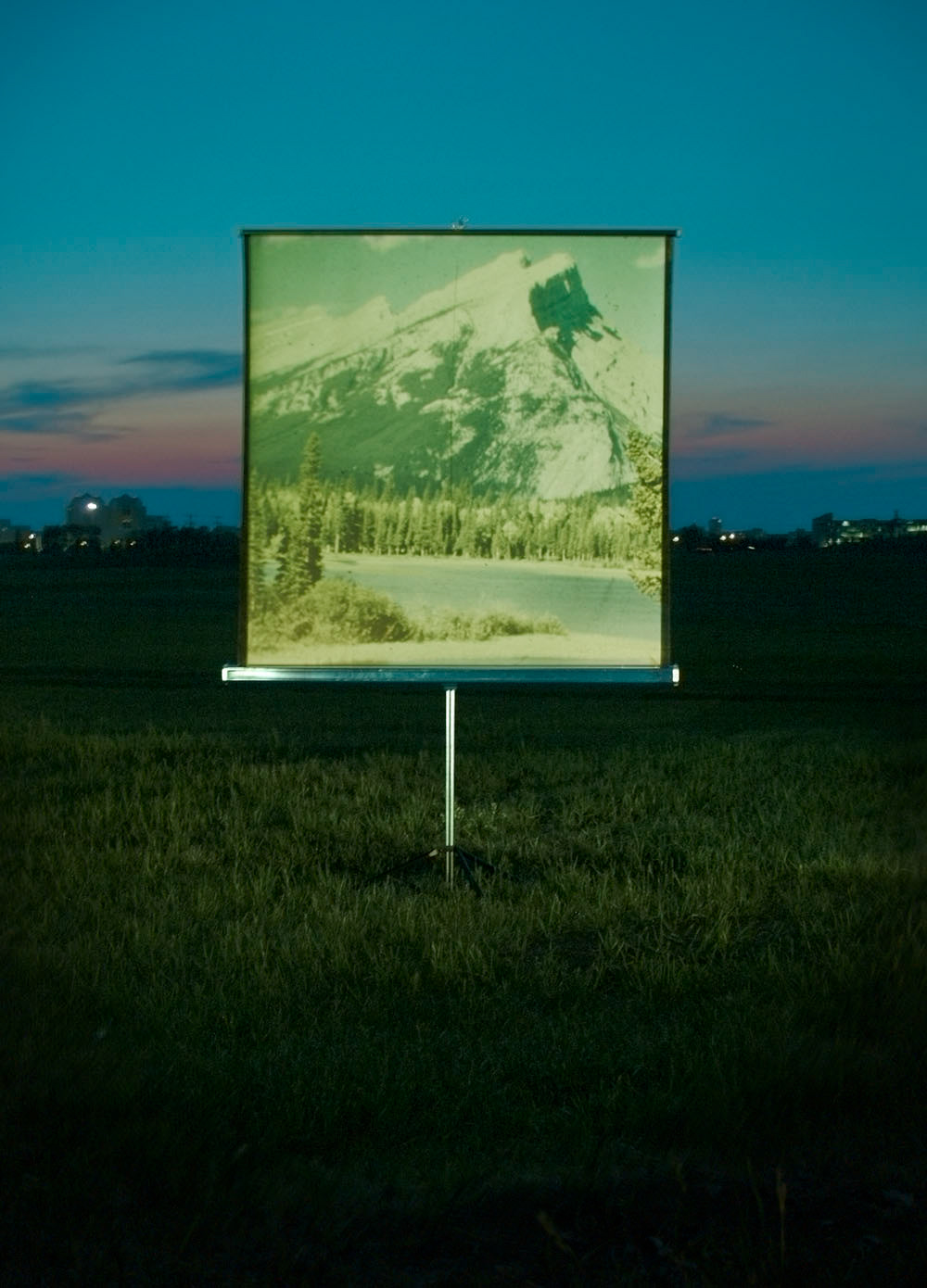
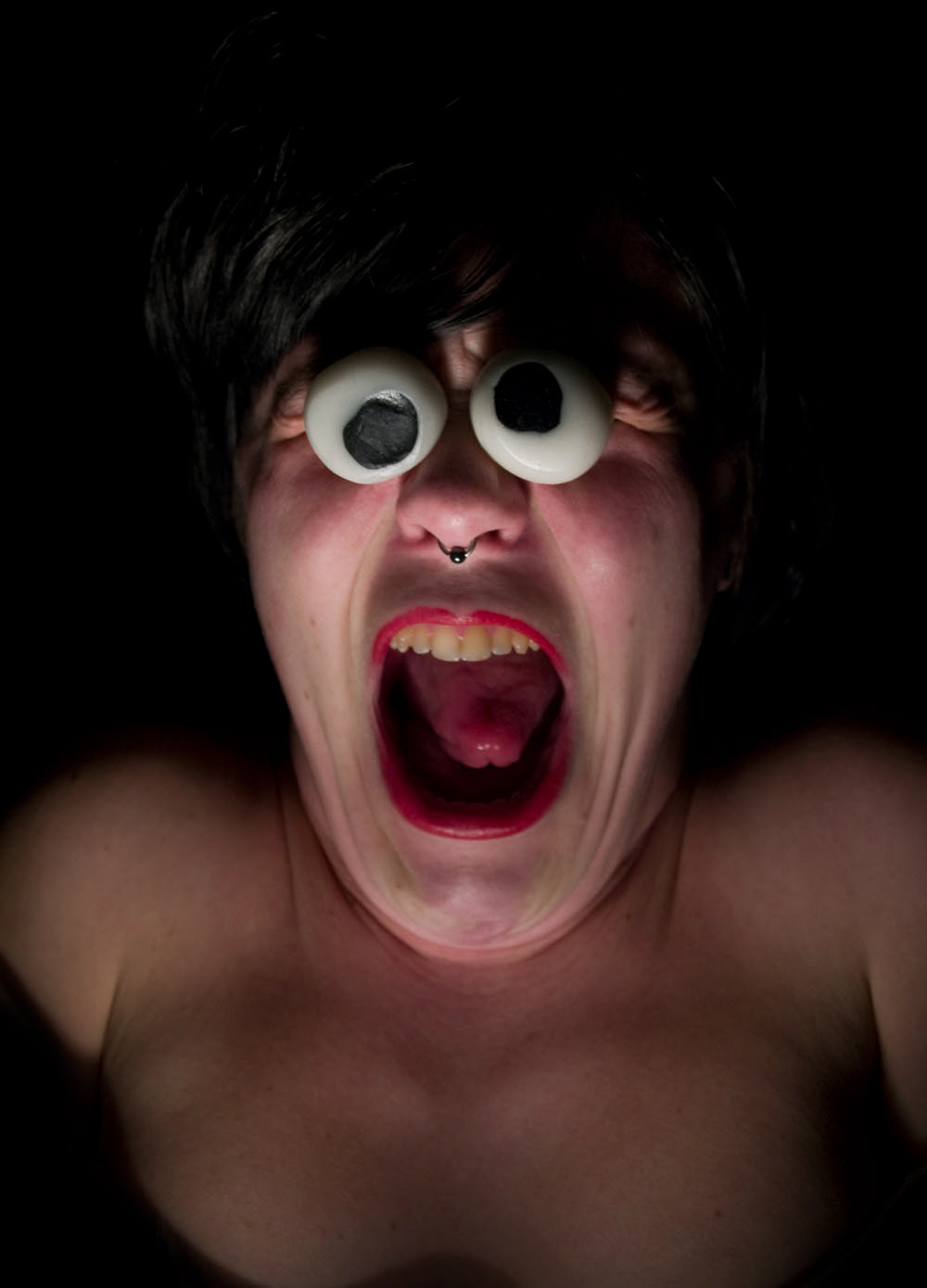
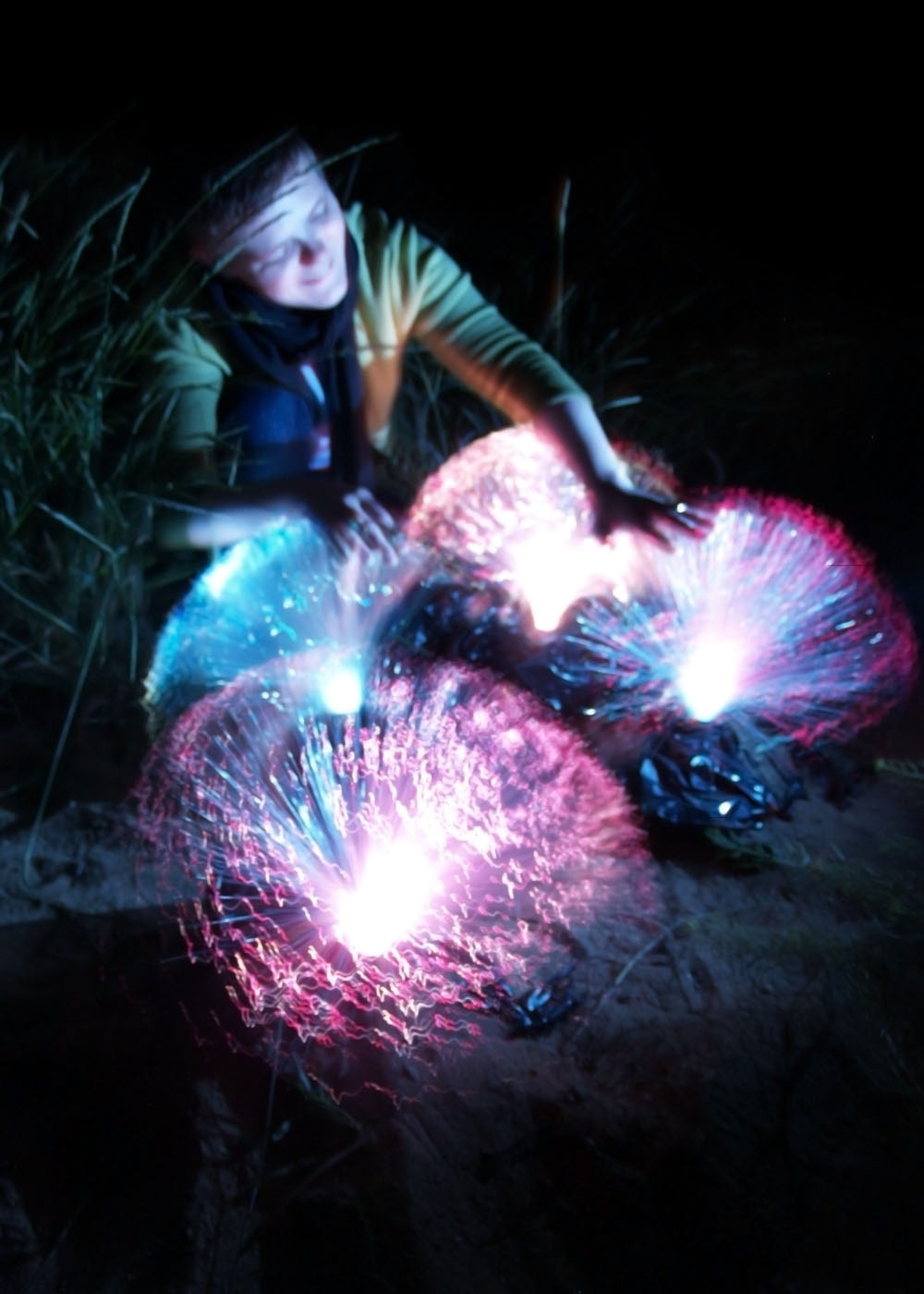
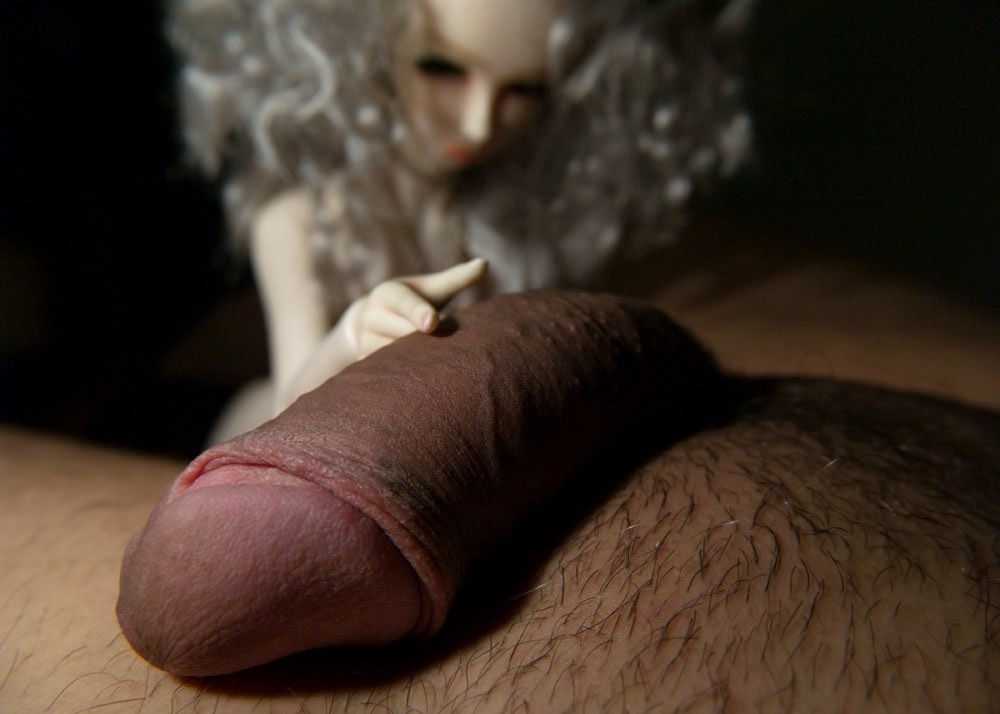

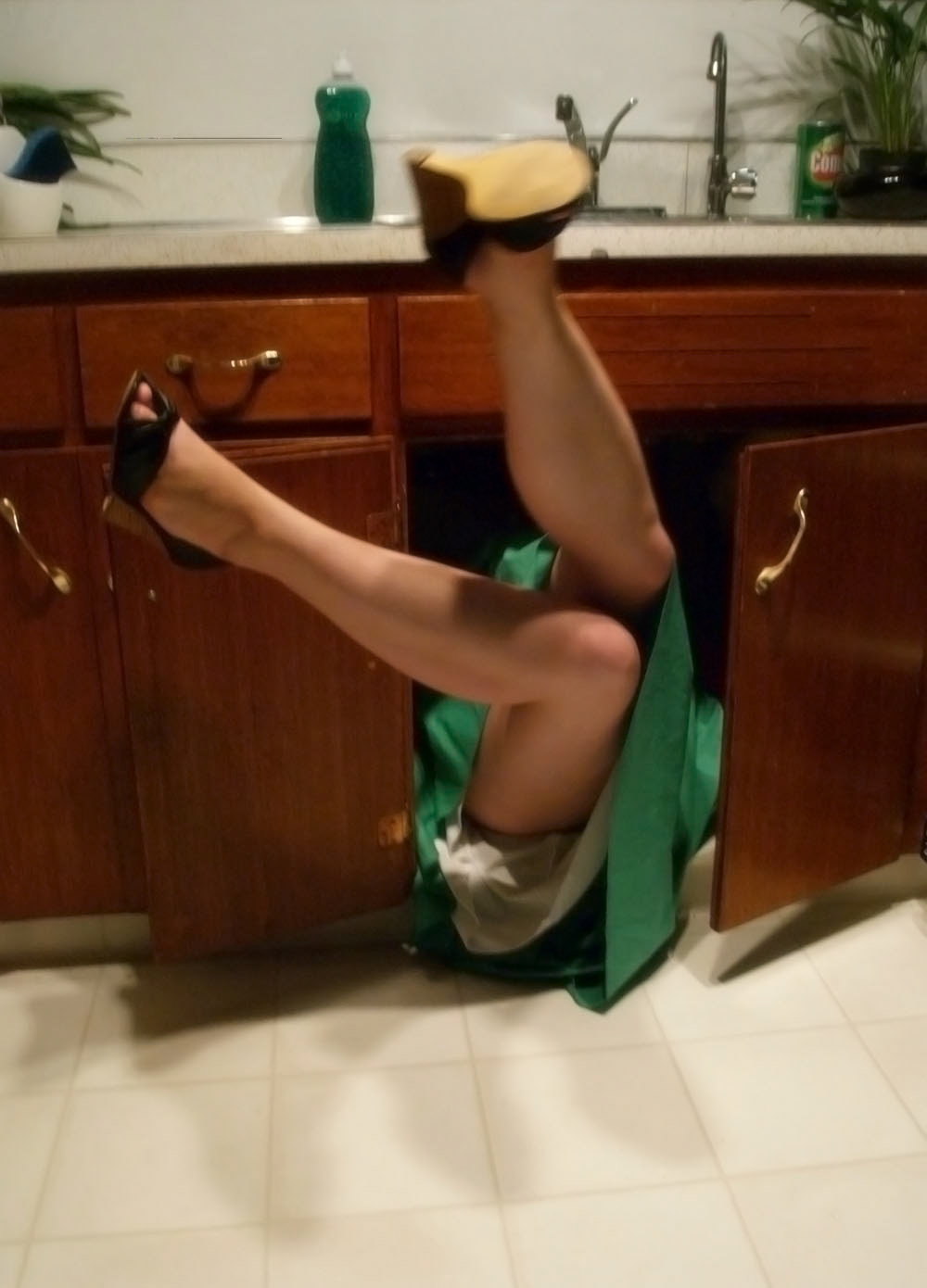
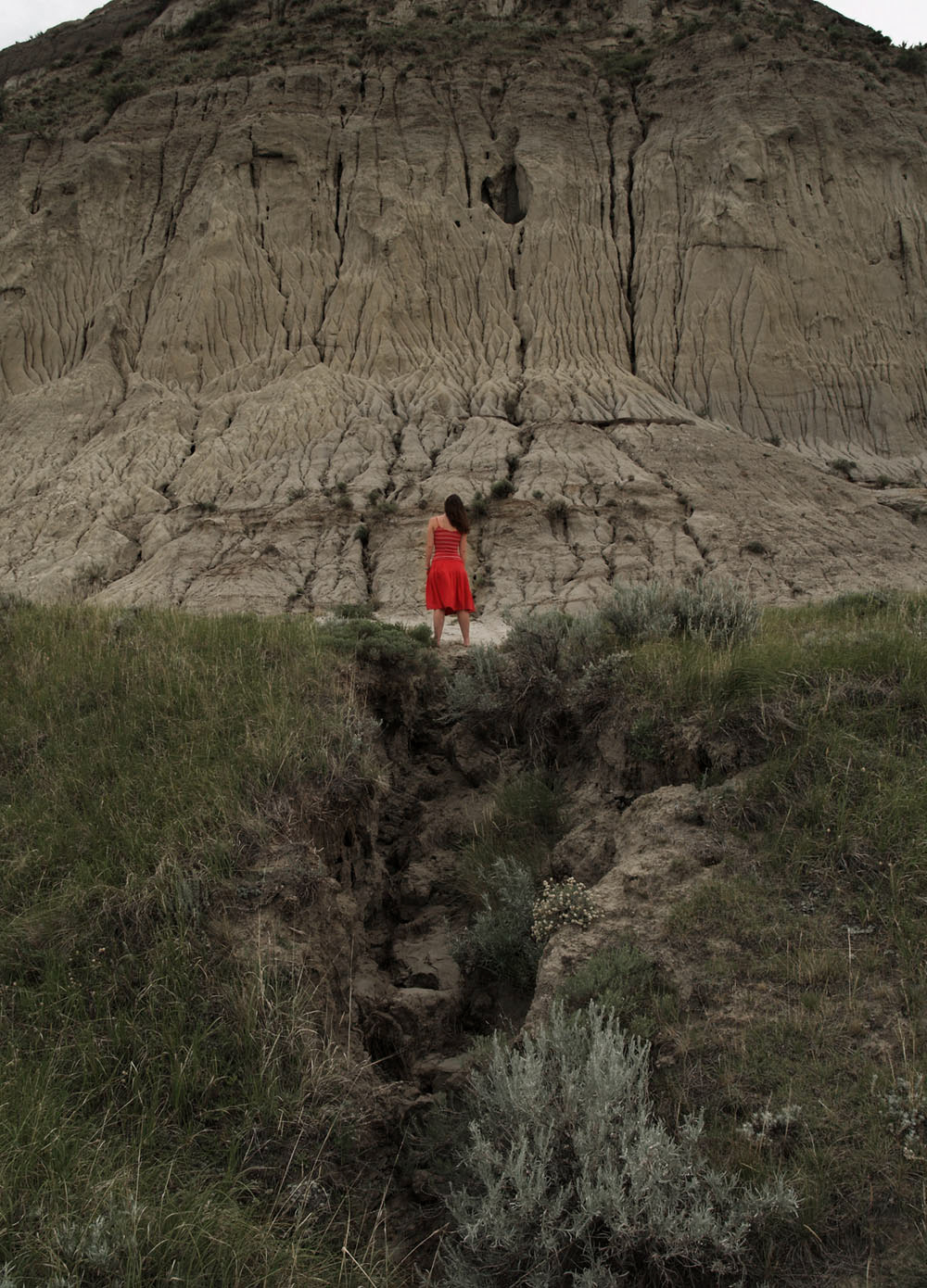

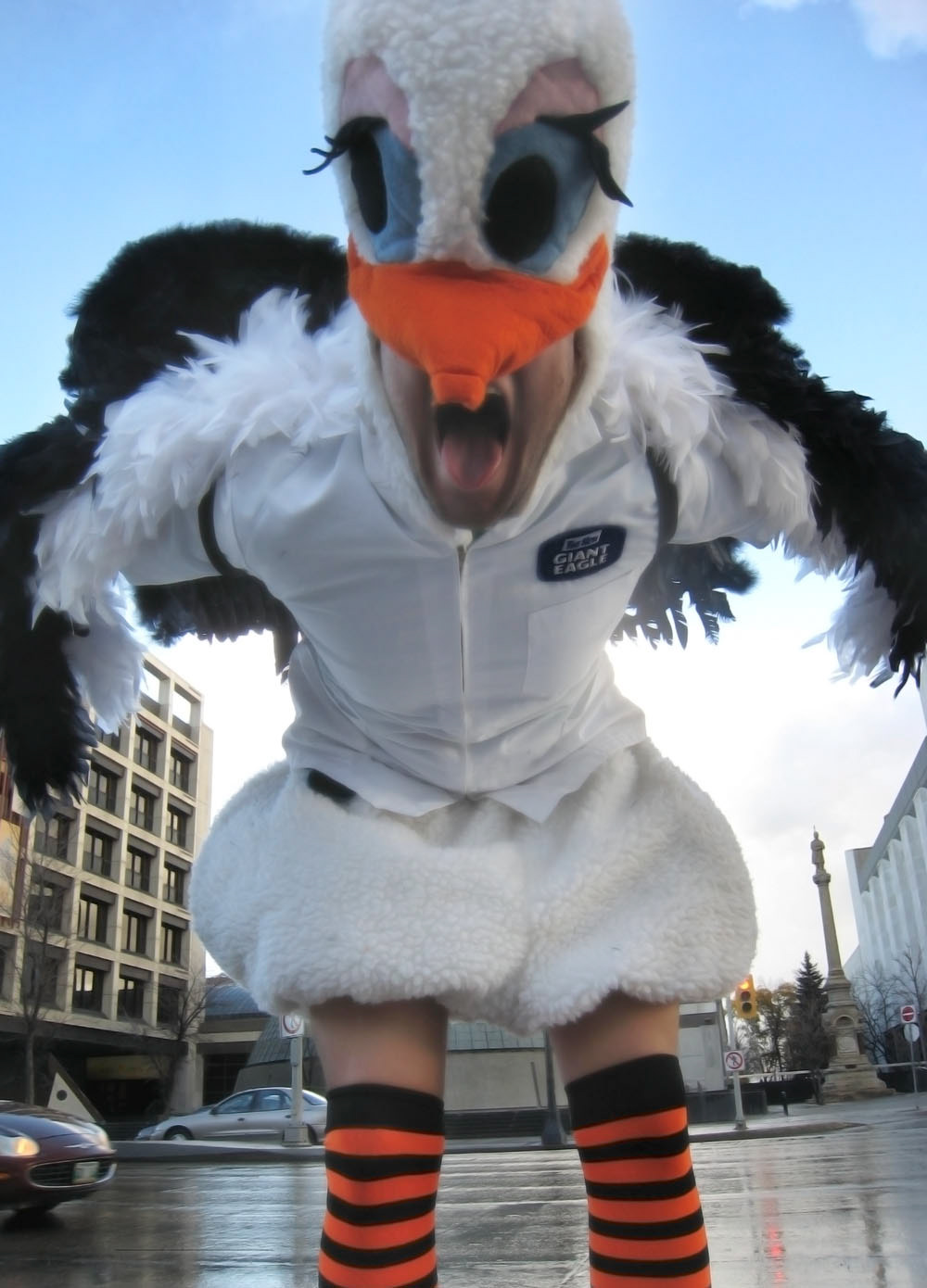

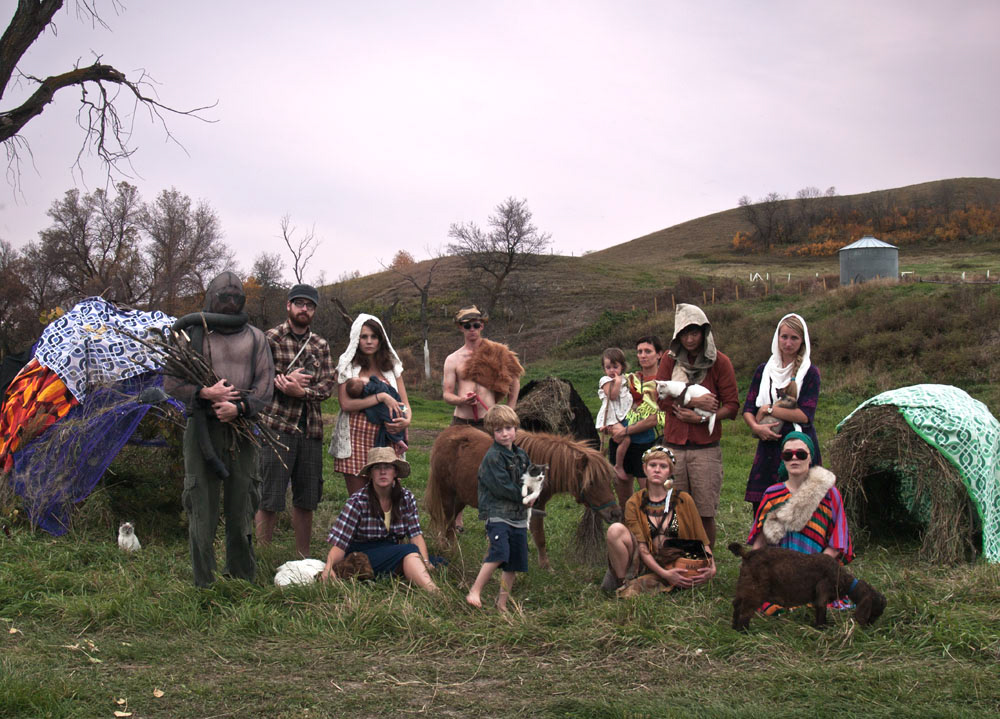
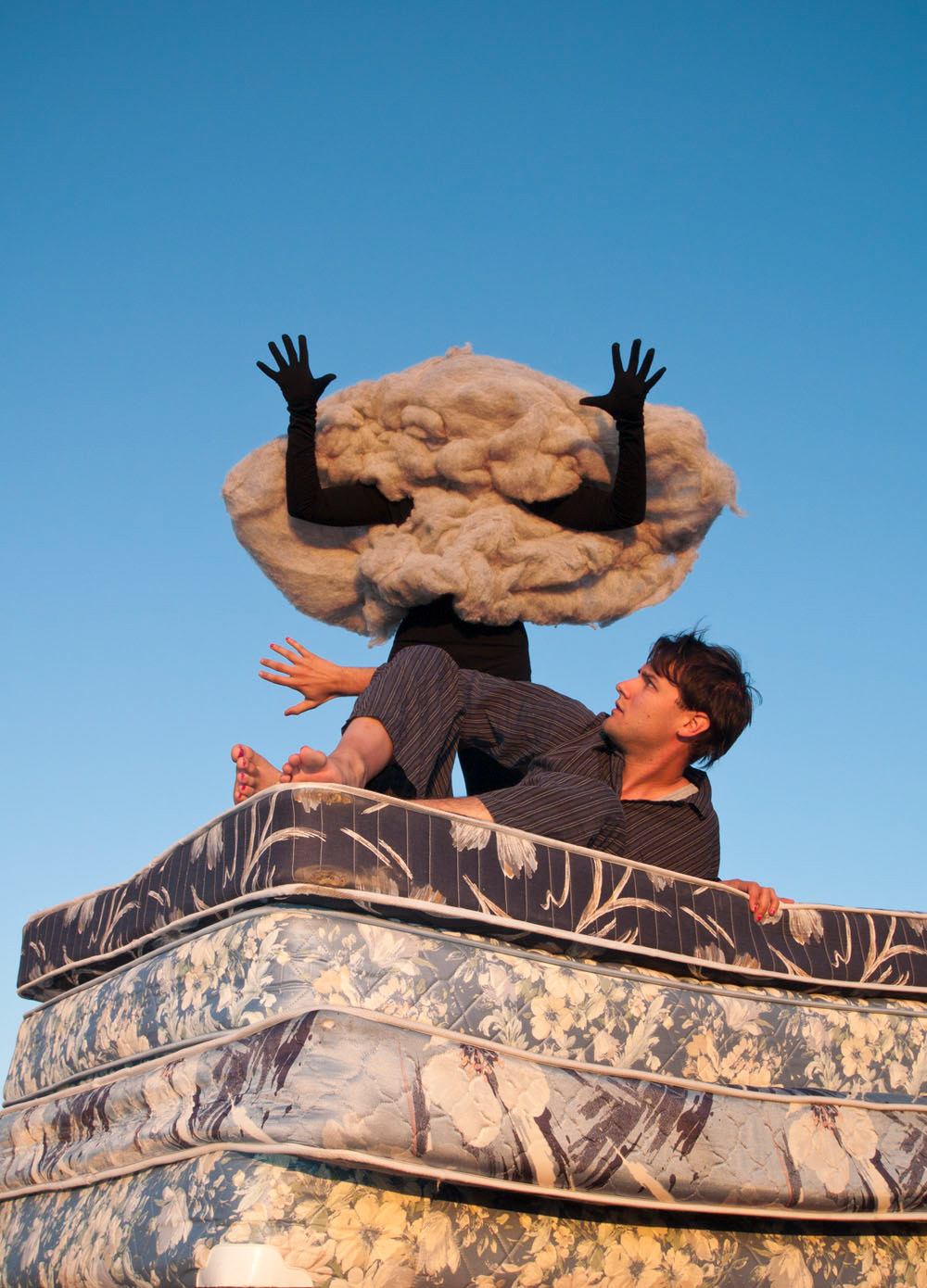

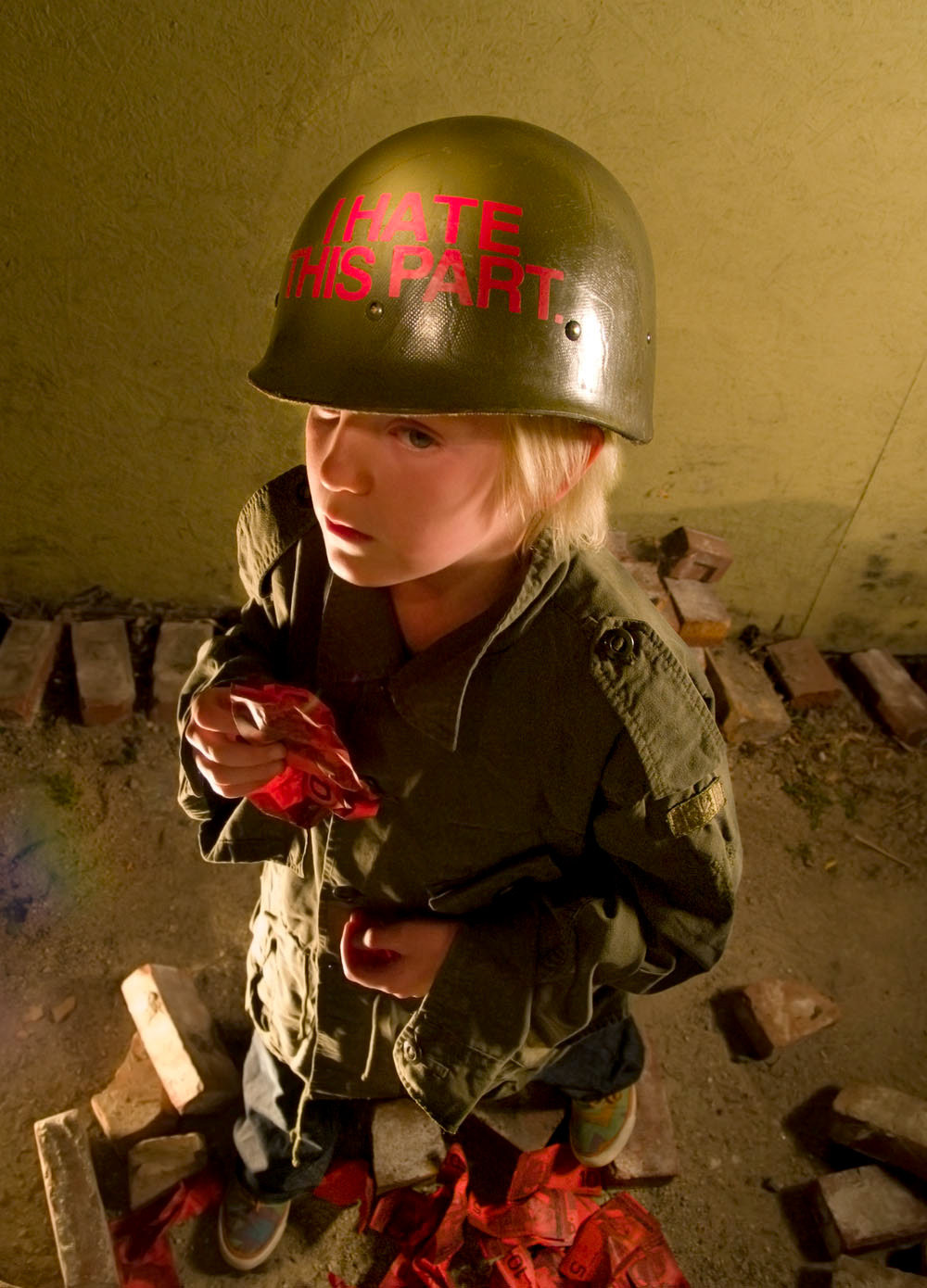
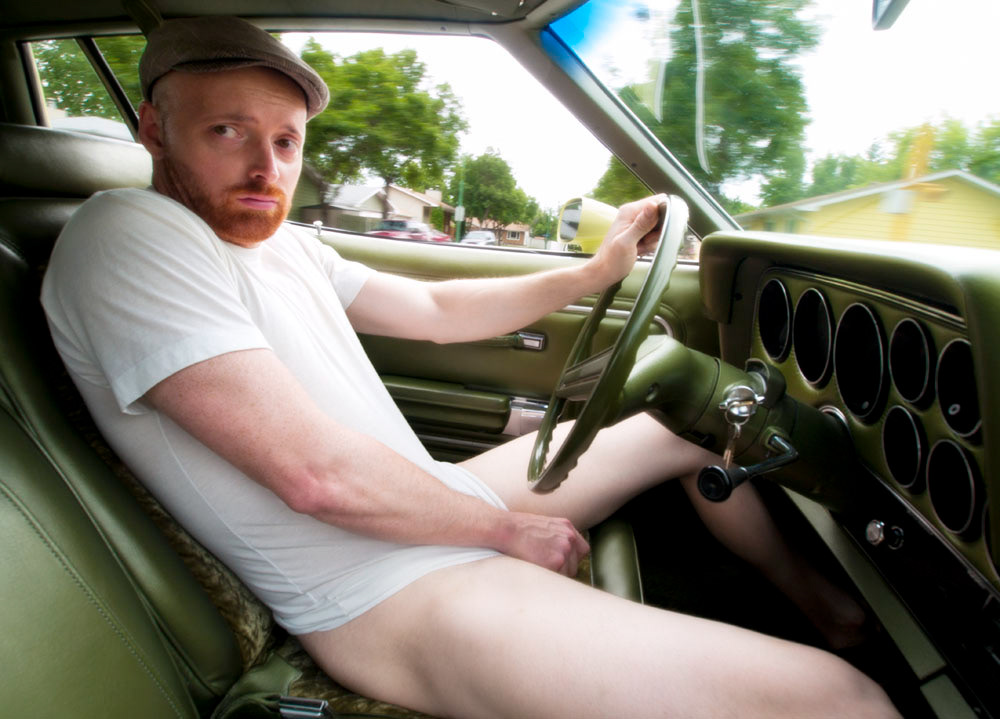
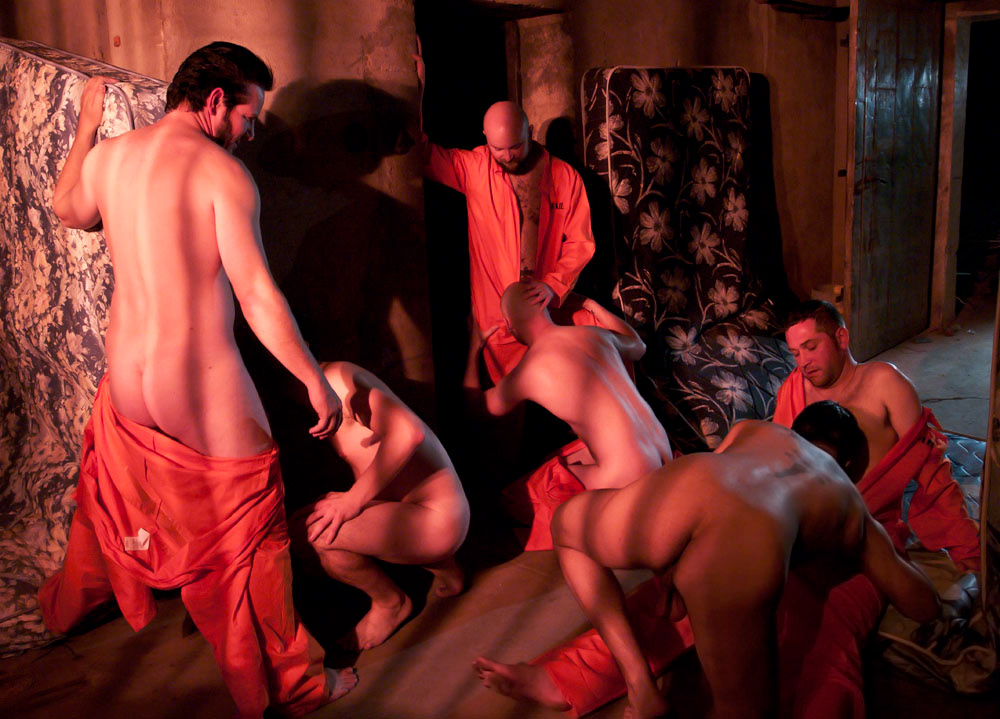
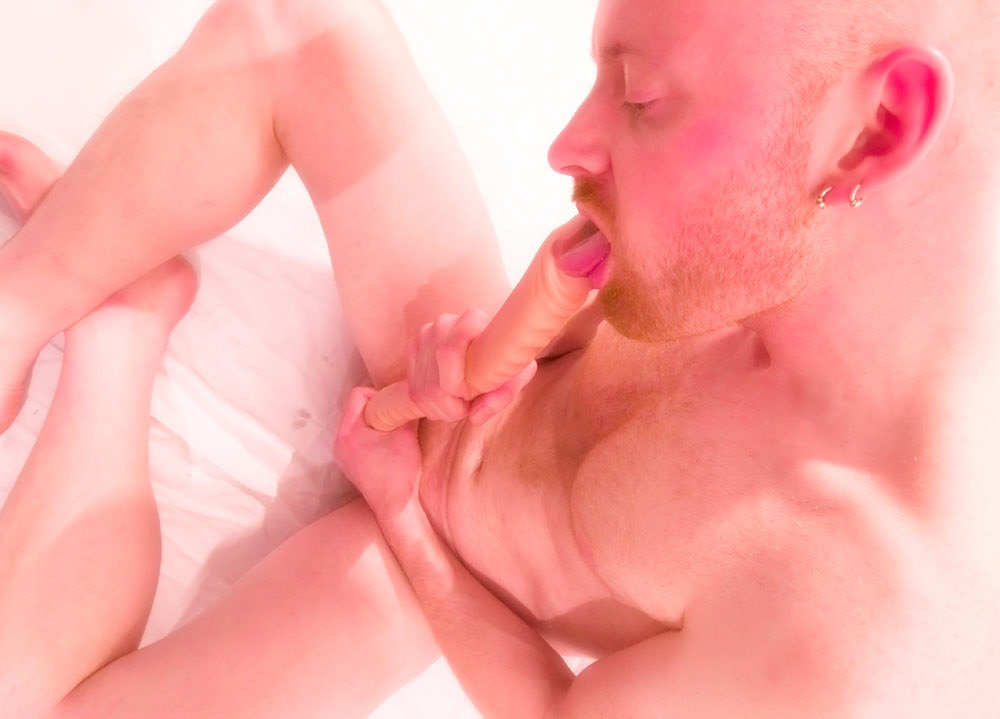

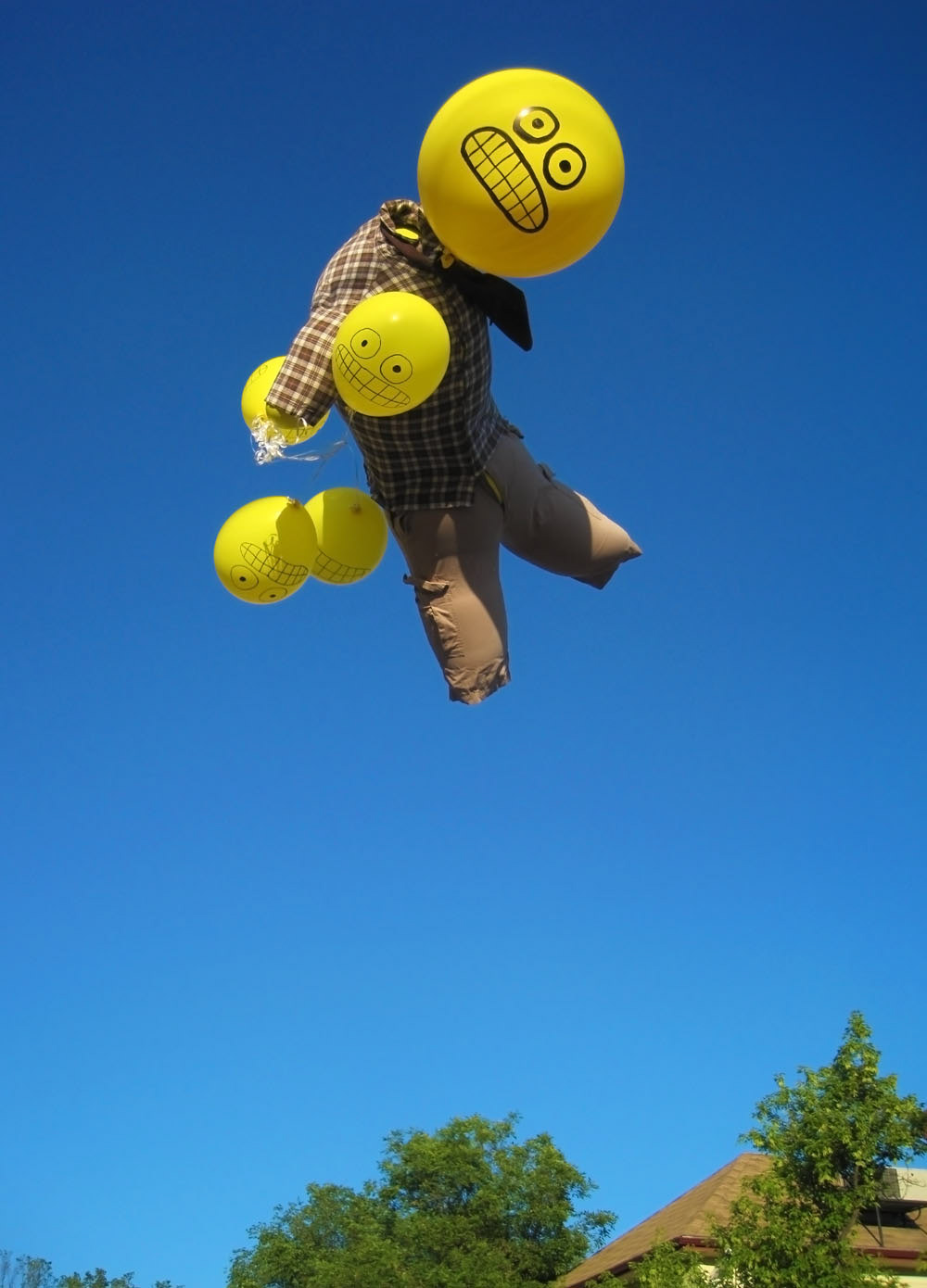
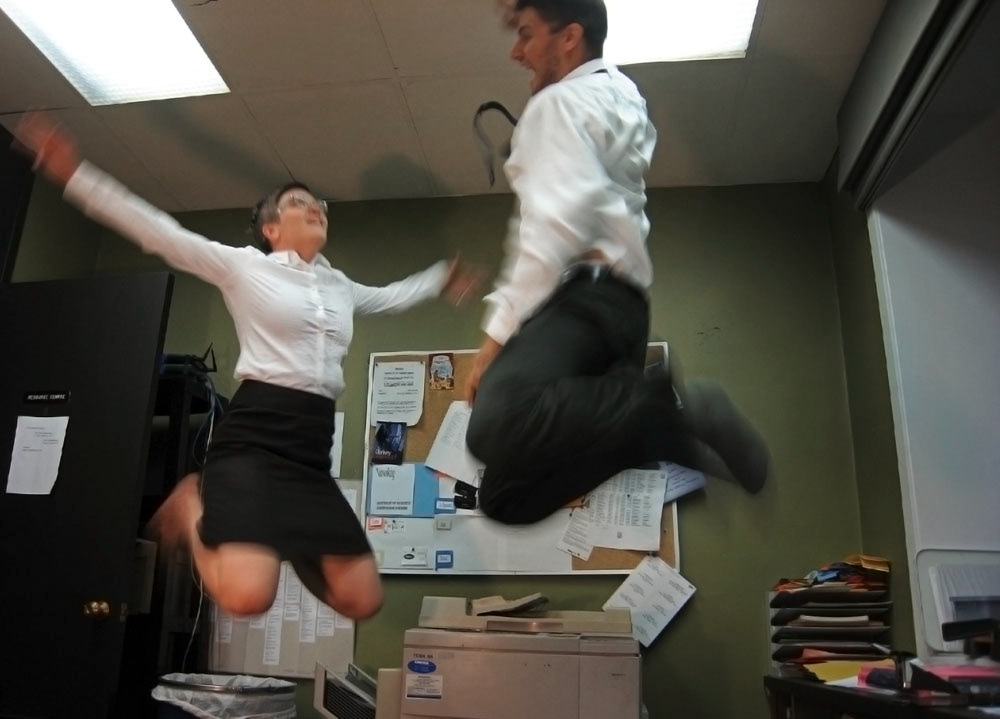

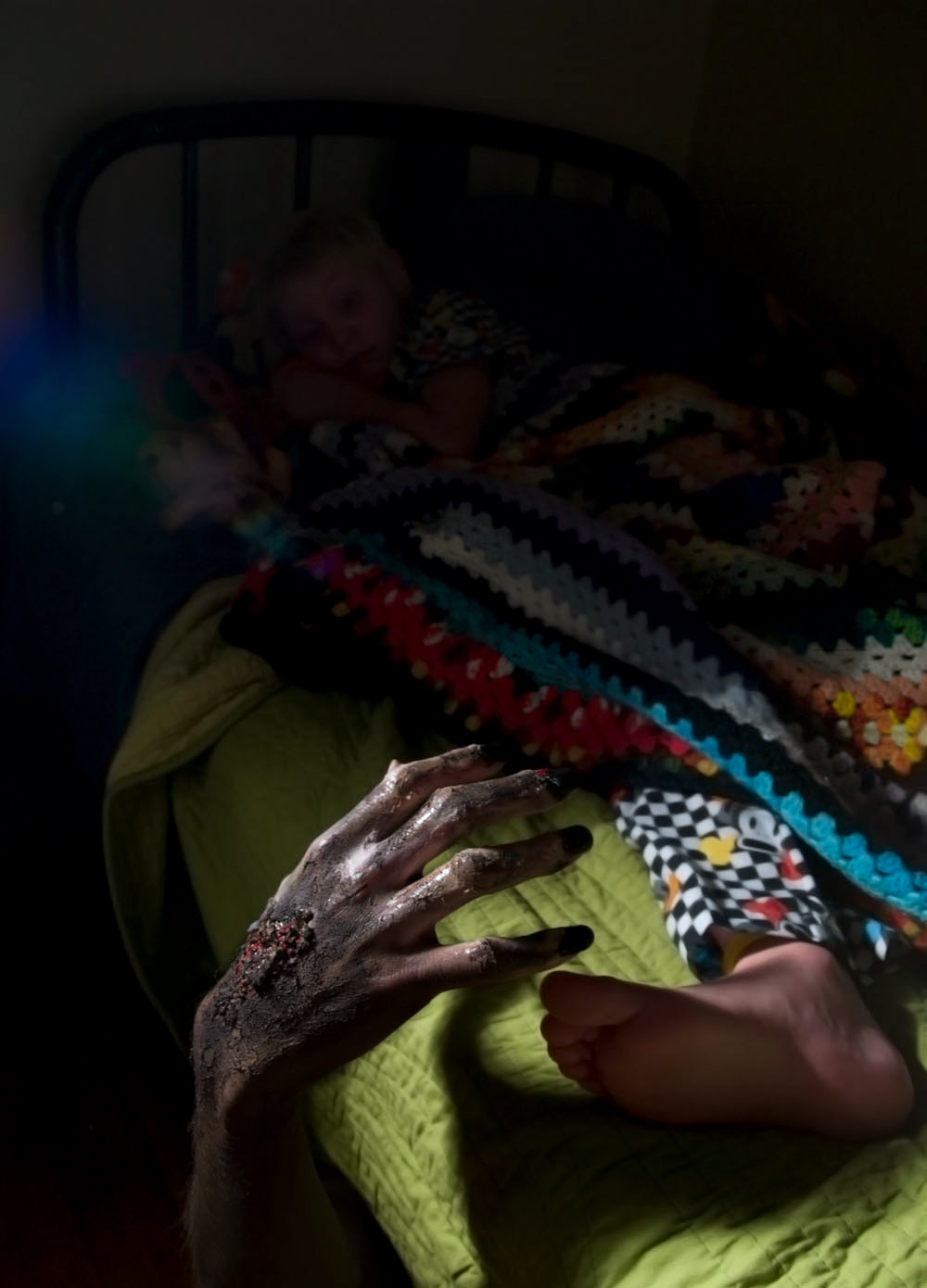
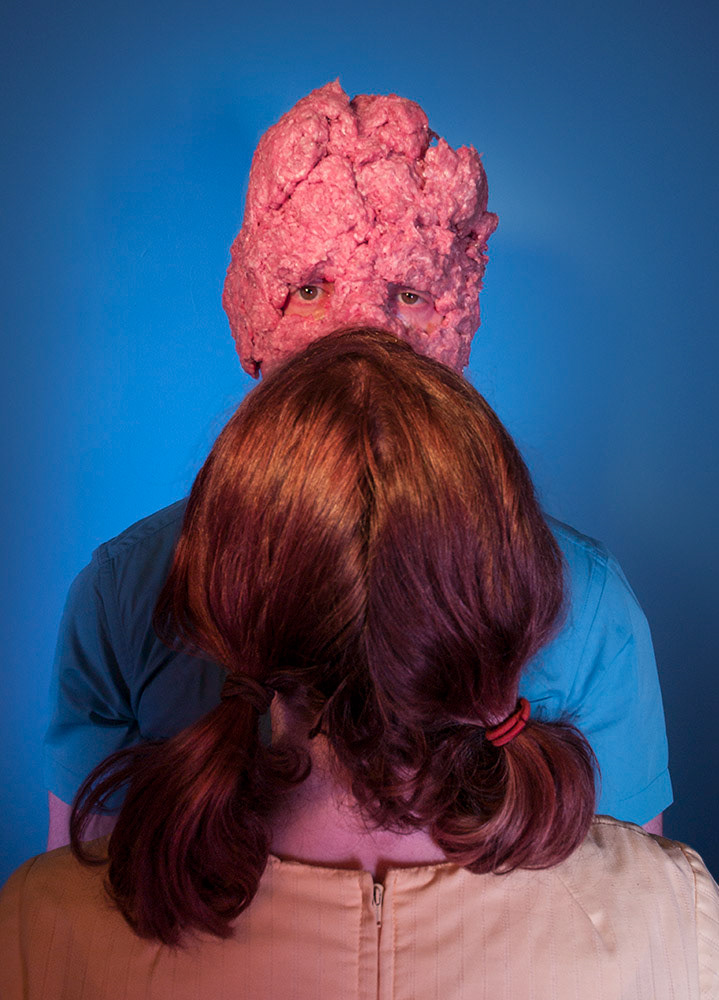


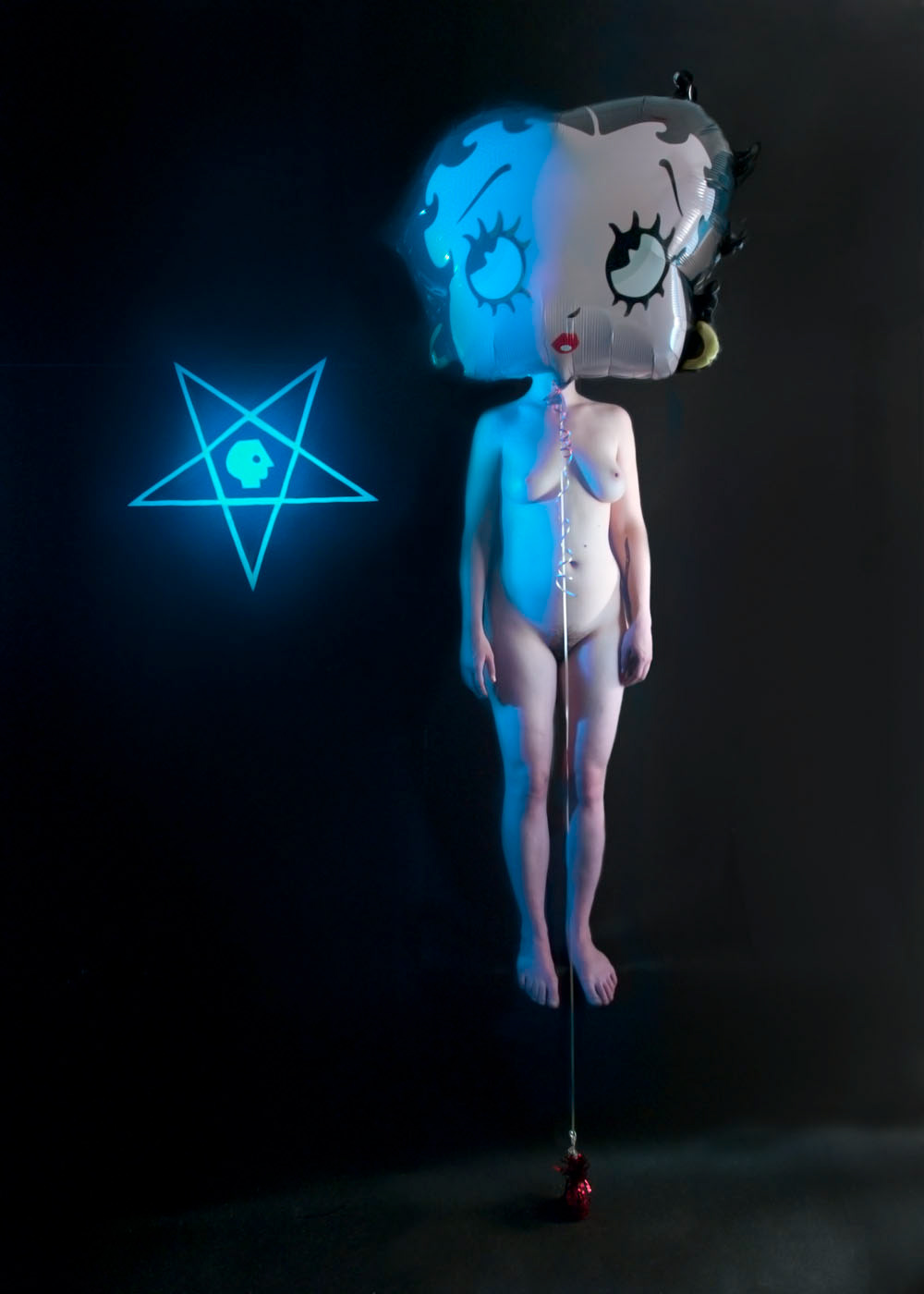
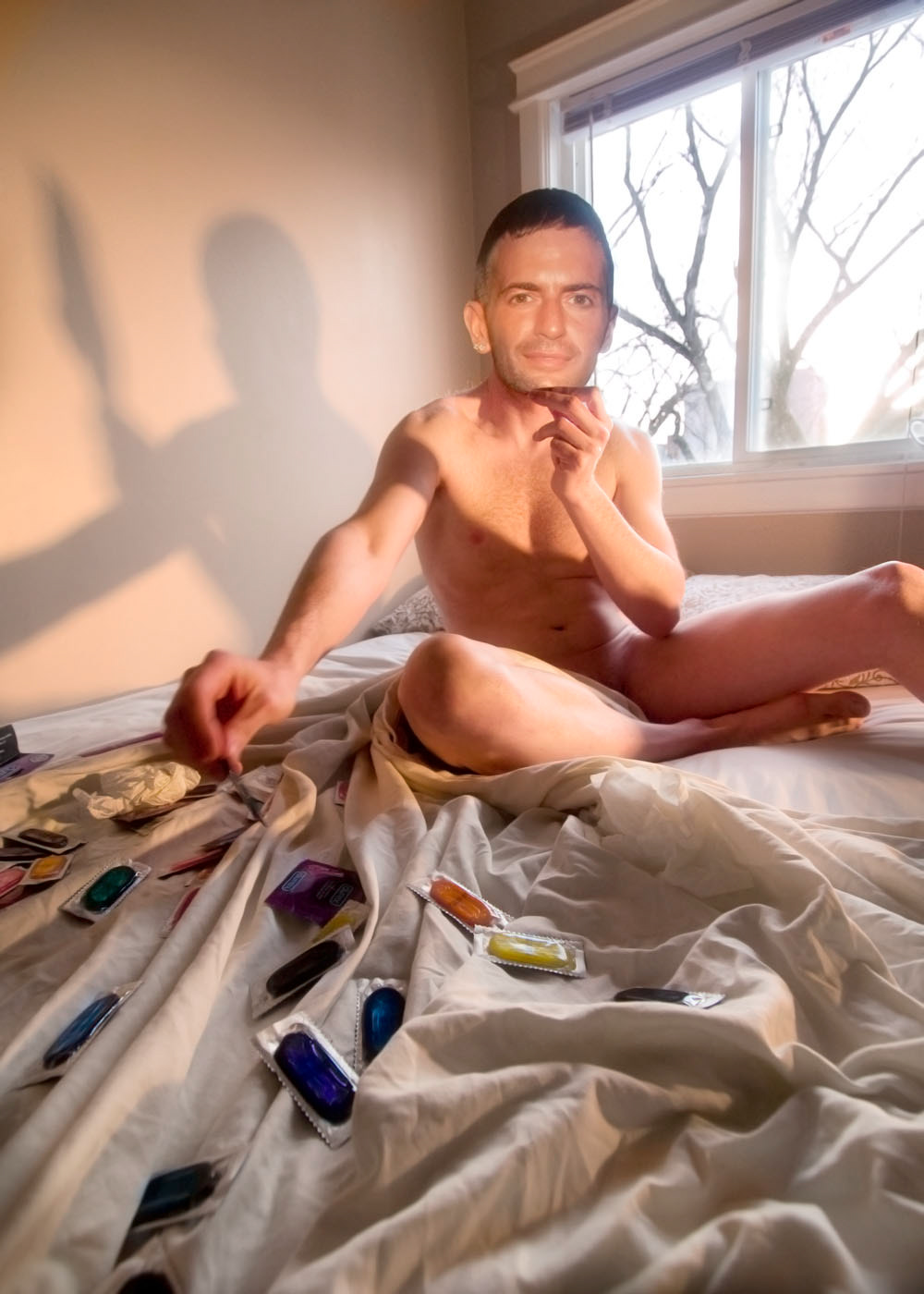
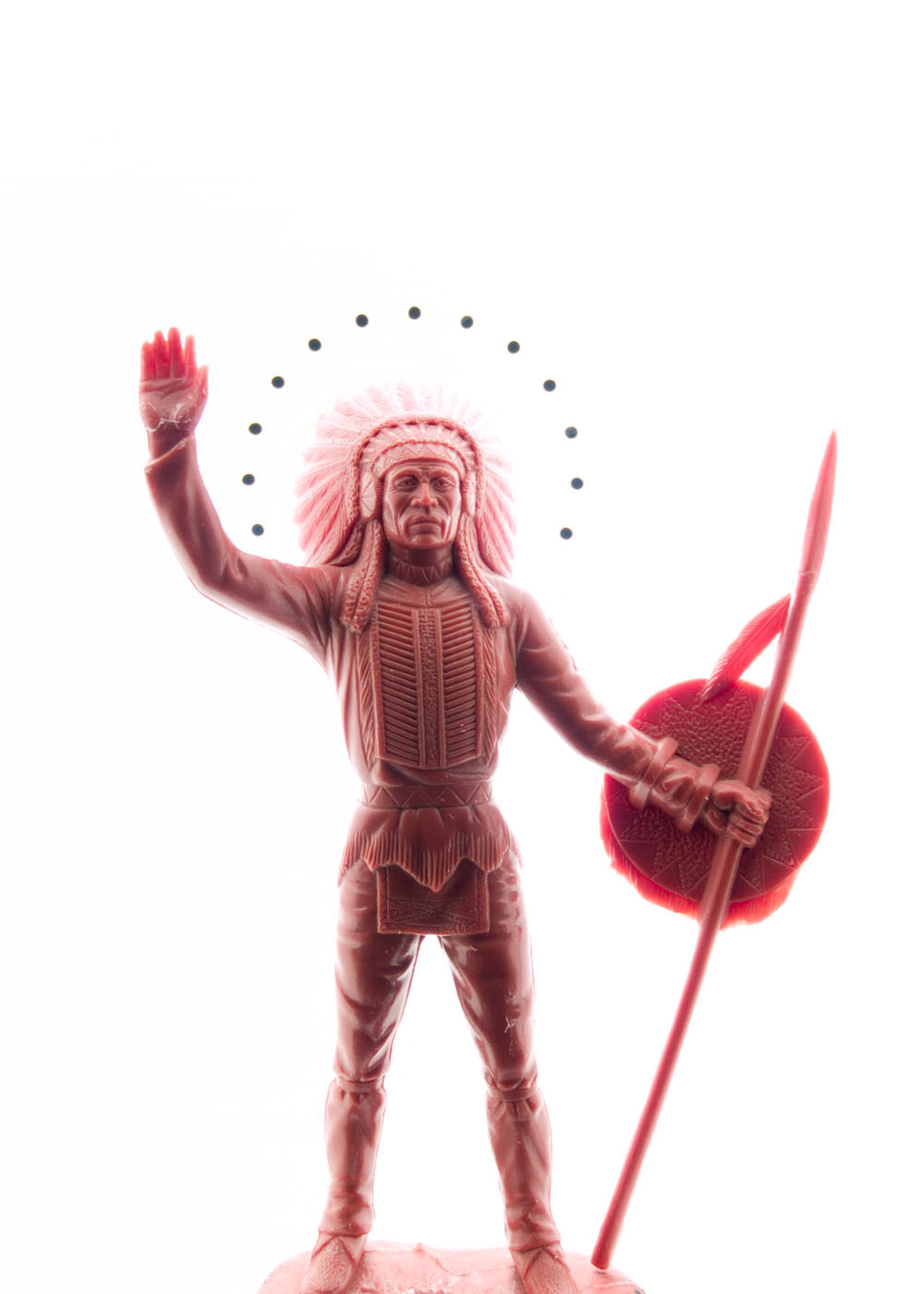
Essay: Notes on Trust
a response to Other People’s Dreams
With Other People’s Dreams, the artist trio Turner Prize* (Jason Cawood, Blair Fornwald, and John G. Hampton) engages in an intimate form of trust exercise: to collect dreams. They fully understand the improbability, and certain susceptibility engrained in such a seemingly intangible goal. It is important here to use the term ‘collect’ rather than analyze, which is what most people want to have happen to their dreams. Though they employ psychoanalytic instruments in their harvest of nocturnal chimera, the artists are quick to state they are not using the data gathered to analyze or interpret their participants’ dreams. They are putting their research to very different use.
Here is how it goes: you recount a dream you’ve had to the collective. One of them guides you through the process, another takes detailed notes, and the third is the empathetic dreamer who attempts the psychic journey with you. The whole time this is happening you’re wearing The Mind’s Eye Plus, an antiquated psychiatric device that resembles skidoo goggles and uses modulated frequencies of light and sound to alter brainwave frequencies to produce a meditative or dreamlike state. Once the session is complete, Turner Prize* goes back to their studio in order to reenact your dream for the camera. Sometime later you will receive a print of this performance alongside a certificate of appreciation. For Other People’s Dreams at The New Gallery, Turner Prize* presents their photographic archive of collected dreams. These images run the gamut from absurd to lewd to comical to vulnerable. The cast of performers, along with both handmade and found props for the ‘re-staging’ of these dreams are determined as needed, often times with production levels that are both surprisingly seamless and beautifully faulted.
In an accomplished hybrid of traveling salesmen, cultural anthologists, and spiritualist rock gods, Turner Prize* takes it upon themselves to test the limits of trust. For them, issues of trust goes beyond the simple word-of-mouth paradigm. In their hands (and their studio and then their exhibition space) trust is threefold: trust for the artists, trust for the dreamer, and trust for the audience. This is dangerous territory to navigate, and the collective does so with eagerness but also caution. After all, there is a metaphor at work here that has the dream state stand in for our future selves (“Tell me your dreams”, they ask). Moreover, when you experience so much with another person, you are said to share the same dreams (or goals). In this instance dreams, as ethereal as they are, might just be the closest things to trust; and therefore those who say they do not dream are somehow unbelievable.
Trust is a key component to disseminating artwork. We have Duchamp, Warhol, Beuys, Sierra, Alÿs, Catalan, and all the other tricksters to thank for that. Surely the thin line between artist and charlatan has continued to blur at the outset of this century as well. It seems the general art audience, if such a thing exists, is always suspect of being ‘had’ by the artiste. Gullibility, for whatever reason, is an unattractive trait. On the other hand, who doesn’t love a ‘good sport’?
– J.J. Kegan McFadden